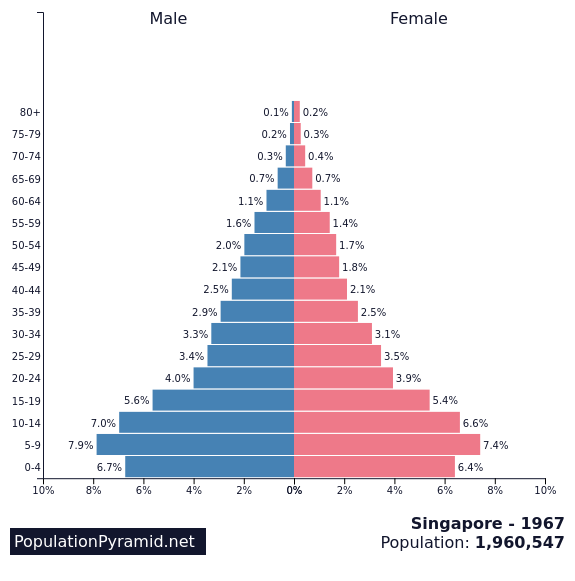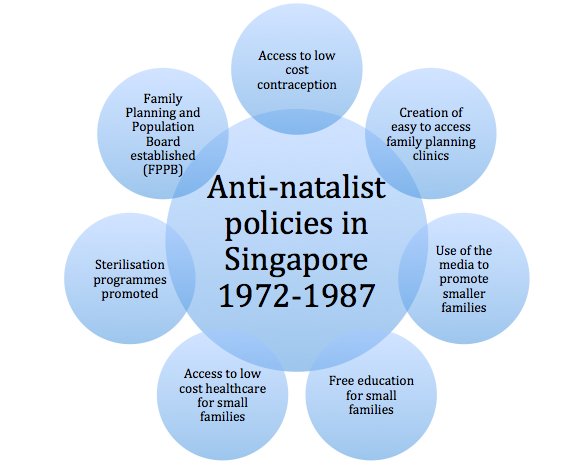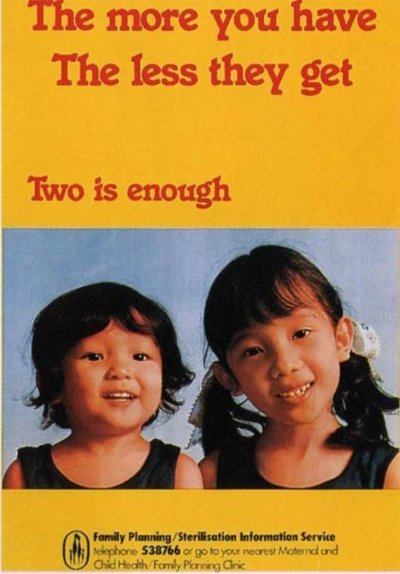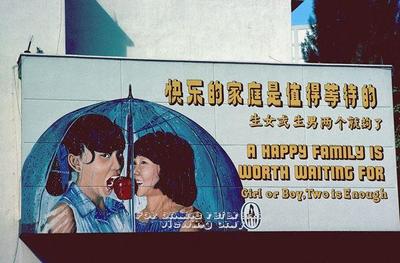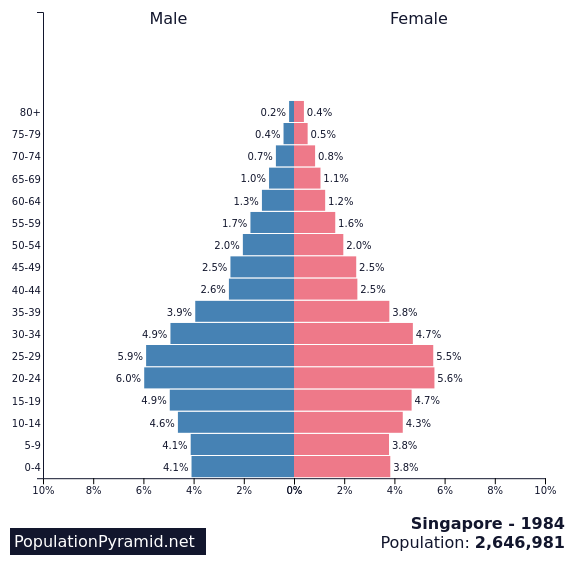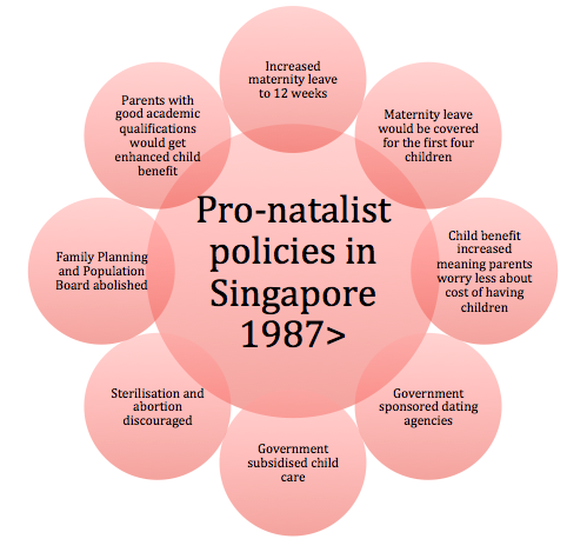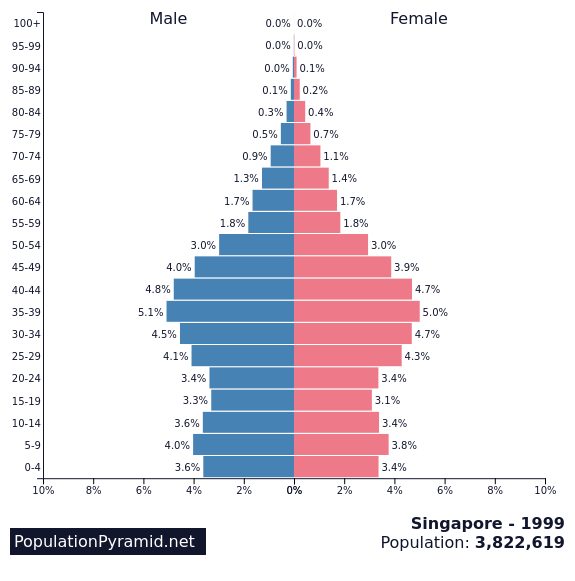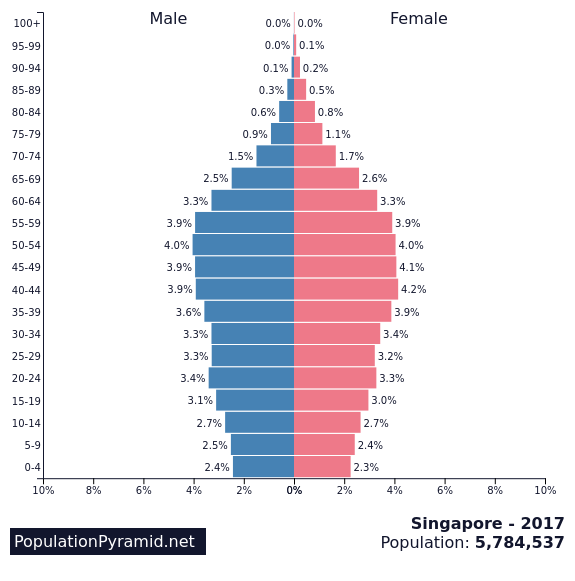-
MYP
- Home
-
IGCSE
- Course information
-
Physical: Hazardous environments
>
- Distribution of tectonic hazards
- Causes of tsunami
- Measuring earthquakes
- Earthquake case study 1: Haiti
- Earthquake case study 2: Christchurch
- Why do earthquakes do more damage in LICs than in HICs?
- How are volcanic eruptions measured?
- Tropical storms - distribution
- Causes of tropical cyclones
- Tropical cyclones - case study
- Why live in hazardous areas?
-
River Environments
>
- Hydrological cycle
- River basins
- Factors affecting river regimes
- Fluvial processes: erosion
- Fluvial processes: weathering and mass movement
- Fluvial processes: transportation and depositon
- River features and their formation
- How rivers change from source to mouth
- Uses of water
- Water pollution
- Water supply
-
IBDP
-
Changing population
>
- Global patterns of economic development
- Physical and human factors affecting global population distribution
- Case study 1: China
- Case study 2: Niger
- Demographic transition
- Megacity growth
- Forced migration and internal displacement
- Ageing populations
- Pro-natalist and anti-natalist policies
- Gender equality policies
- Trafficking policies
- The Demographic Dividend
-
Global climate vulnerability and resilience
>
- Atmospheric system
- The energy balance
- Changes in the energy balance
- The enhanced greenhouse effect
- Climate Change and the Hydrosphere, Atmosphere and Biosphere
- Impacts of climate change on people and places
- Disparities in exposure to climate change risk and vulnerability
- Government-led adaptation and mitigation strategies
- Civil society and corporate strategies
-
Global resource consumption and security
>
- Progress towards poverty reduction
- Measuring trends in global consumption
- Global patterns and trends in the availability and consumption of water
- Global patterns and trends in the availability and consumption of land/food
- Global patterns and trends in the availability and consumption of energy
- Water food and energy nexus
- Recycling and waste
- Malthus vs Boserup
- Resource Stewardship strategies
- Sustainable Development Goals
-
Freshwater - drainage basins
>
- The drainage basin as a system
- How rivers change from source to mouth
- River discharge
- River processes
- River landforms
- Factors affecting flood risk
- Attempts at flood prediction
- Flood mitigation
- Flood mitigation case studies
- Water scarcity
- Agricultural activities and water quality
- Pressures on lakes and aquifers
- Internationally shared water and conflict
- Water management: participation of local communities
- Dams as multi-purpose schemes
- Water management: Integrated Drainage Basin Management (IDBM)
- Managing wetlands
-
Leisure, Sport and Tourism
>
- Growth and purpose of leisure time
- Categories of tourism and sport
- Economic development and participation
- Factors affecting personal participation
- Factors affecting growth of tourism hotspots
- Spheres of influencee
- Factors affecting a national sports league
- Festivals
- Niche national tourism strategies
- Role of TNCs
- Tourism as a national development strategy
- International sporting events
- Consequences of unsustainable growth
- Sustainable tourism
- Future international tourism
- Political and cultural influences on sport
- Extended Essay in Geography >
- Skills/concepts >
-
Changing population
>
- Geography and ToK
- Theory of Knowledge
Pro-natalist and anti-natalist policies
Pro-natalist policies are policies which are designed with the purpose of increasing the birth rate/fertility rate of an area. They are found in countries with either very slow natural increase or natural decrease and in areas with ageing populations.
Anti-natalist policies aim to do the reverse: to encourage people to plan smaller families, lower fertility rates and reduce the number of births. These tend to be found in countries with high birth rates and rapidly growing populations.
Anti-natalist policies aim to do the reverse: to encourage people to plan smaller families, lower fertility rates and reduce the number of births. These tend to be found in countries with high birth rates and rapidly growing populations.
A. Singapore's changing population policies
Singapore's recent history has seen the city state use both anti-natalist policies aimed to reduce birth rates and, more recently, pro-natalist policies aimed to increase fertility and increase the number of births and therefore young people in the country.
B. Anti-natalist policies 1972-1987: "Stop at Two"
Singapore's government introduced a series of policies to encourage higher fertility in 1972. These included the policies shown below.
3. Study these and briefly explain how each could contribute to lower birth rates. Which do you think were likely to be the most successful and why?
Singapore's government introduced a series of policies to encourage higher fertility in 1972. These included the policies shown below.
3. Study these and briefly explain how each could contribute to lower birth rates. Which do you think were likely to be the most successful and why?
C. Anti-natalist posters
7. Study the posters in the gallery below. What messages do they aim to give to people in Singapore on the merits of having smaller families?
7. Study the posters in the gallery below. What messages do they aim to give to people in Singapore on the merits of having smaller families?
D. Pro-natalist policies 1987 onwards: "Have three or more if you can afford it."
Faced with the success of the anti-natalist policies that were in place between 1972 and 1987, Singapore faced a shrinking population, issues associated with "greying" and worries about future numbers of workers and old age dependency. Previous anti-natalist policies were reversed and from 1986/7 families were being actively encouraged to "have three or more if you can afford it". the policies included those shown below.
Study these and briefly explain how each could contribute to higher birth rates. Which do you think were likely to be the most successful and why? What do you think would have been the opinion/feelings of Singaporean people on the change in policy?
Study these and briefly explain how each could contribute to higher birth rates. Which do you think were likely to be the most successful and why? What do you think would have been the opinion/feelings of Singaporean people on the change in policy?
E. Successes and limitations of the policy
1. Study the material below to evaluate the success of Singapore's pro-natalist policies. What do you think has been effective? What advice would you offer to decision-makers seeking to influence fertility rates within a nation?
|
Successes
|
Limitations
|
Additional reading/watching
|
WARNING: the clip on the right contains strong language and adult, satirical themes. Approach with caution |
|
